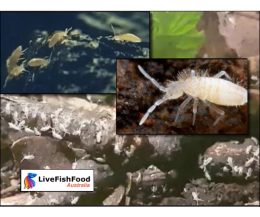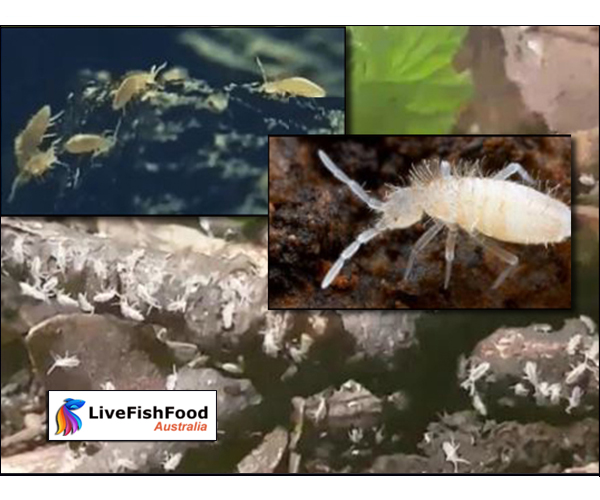Springtails are fascinating tiny arthropods that belong to the class Collembola. Here’s a rundown of some interesting facts about them:
Size: Springtails are incredibly small, typically ranging from 0.25 to 6 millimeters in length. Despite their diminutive size, they play crucial roles in various ecosystems.
Habitat: They are found worldwide, inhabiting diverse environments ranging from forests and grasslands to deserts and freshwater habitats. They are particularly abundant in moist environments like leaf litter, soil, and decaying organic matter.
Feeding: Springtails are detritivores, primarily feeding on decomposing organic matter such as dead plant material, fungi, algae, and bacteria. They help in the breakdown of organic matter, thus aiding in nutrient cycling.
Physical Characteristics: They are named for their unique ability to spring or jump when threatened, thanks to a specialized appendage called a furcula located underneath their abdomen. This furcula is held in place by a latch-like structure called the retinaculum. When released, it propels the springtail into the air, allowing them to escape predators or move short distances.
Life Cycle: Springtails undergo incomplete metamorphosis, which means they hatch from eggs into nymphs that resemble miniature adults. As they grow, they molt several times before reaching maturity. They reproduce sexually, with males transferring sperm to females during mating.
Abundance: Despite their small size, springtails are incredibly abundant. In fact, they are estimated to be one of the most numerous groups of hexapods on Earth. It’s not uncommon to find thousands of individuals in just a small area of soil or leaf litter.
Adaptations: Springtails have various adaptations that enable them to thrive in their environments. Some species have hydrophobic coatings on their bodies that allow them to move across the surface of water. Others have specialized mouthparts for piercing plant tissues or sucking fluids.
Ecological Importance: These tiny creatures play vital roles in ecosystem processes such as nutrient cycling and soil formation. By breaking down organic matter, they help release nutrients that can be utilized by plants and other organisms. Additionally, they serve as food for many predators, contributing to the overall biodiversity of ecosystems.
Pest Control: In agricultural settings, certain species of springtails can become pests, damaging crops by feeding on plant roots or seedlings. However, in most cases, they are beneficial organisms that contribute positively to ecosystem health.
Overall, springtails may be small, but they are mighty players in the intricate web of life, performing essential ecological functions and showcasing the incredible diversity of life on our planet.
-
 Live Springtails Culture$29.50 GST inc.
Live Springtails Culture$29.50 GST inc.
.



